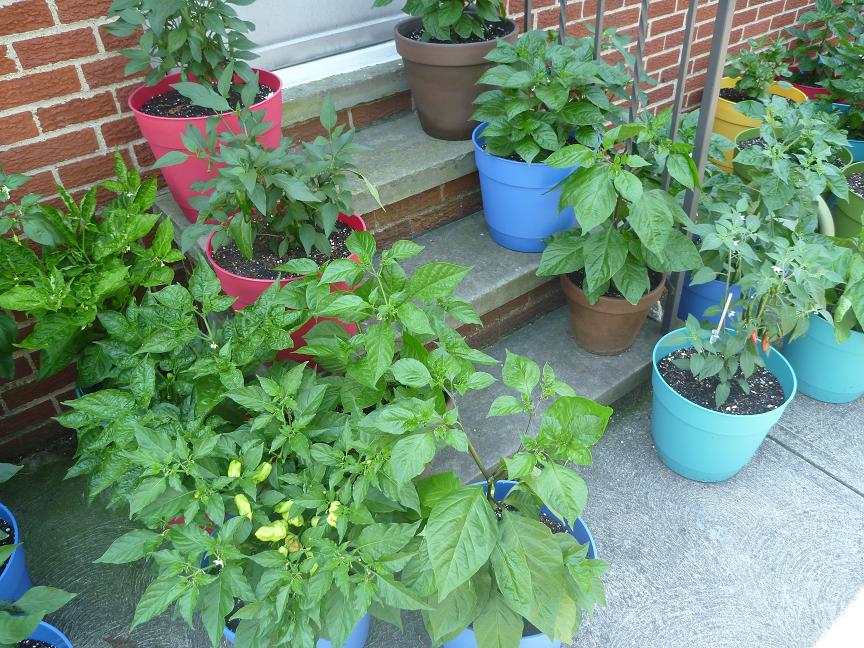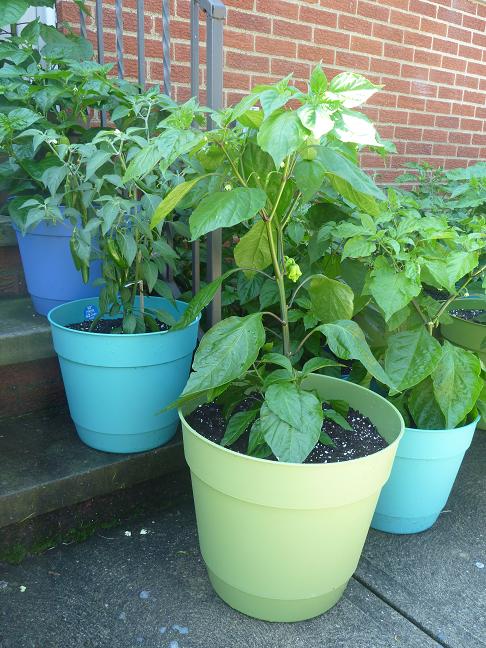Hi all,
I'm starting some chinenses as we north western Europeans have a lot shorter growing seasons than a lot of you. My current set up for seedlings is; two 24" 6500k TLs over an heated 50w propagator.
I'm currently dosing them with a 19/5 lighting schedule in combo with a steady 28*c (82.4 Fahrenheit). The 19/5 worked better than 18/6 for me in the past, but that was without heat source.
Do you guys have tips to tweak my grow?
I read a lot on the Subject. Some people do 24/0 or 16/8, but there's no info on the actual effects. Also some people Cool the seedlings down to 21*c / 71 F during the artificial night. Is this just energy saving or does it have a use?
An other thing that I'm wondering is if I can start with co2 fertilizing. (i.e. by burning a candle or adding a minimal dose of dry ice to the room, my current co2 level is approx 250-310 ppm).
I'm welcoming all advice as I'm having a lot of issues sorting crap from truth on the mighty interwebz. There are just too many theories about photosynthesis.
My goal is to get plants with as many internodes as possible as I'm a large fan of topping/pruning.
I'm starting some chinenses as we north western Europeans have a lot shorter growing seasons than a lot of you. My current set up for seedlings is; two 24" 6500k TLs over an heated 50w propagator.
I'm currently dosing them with a 19/5 lighting schedule in combo with a steady 28*c (82.4 Fahrenheit). The 19/5 worked better than 18/6 for me in the past, but that was without heat source.
Do you guys have tips to tweak my grow?
I read a lot on the Subject. Some people do 24/0 or 16/8, but there's no info on the actual effects. Also some people Cool the seedlings down to 21*c / 71 F during the artificial night. Is this just energy saving or does it have a use?
An other thing that I'm wondering is if I can start with co2 fertilizing. (i.e. by burning a candle or adding a minimal dose of dry ice to the room, my current co2 level is approx 250-310 ppm).
I'm welcoming all advice as I'm having a lot of issues sorting crap from truth on the mighty interwebz. There are just too many theories about photosynthesis.
My goal is to get plants with as many internodes as possible as I'm a large fan of topping/pruning.



